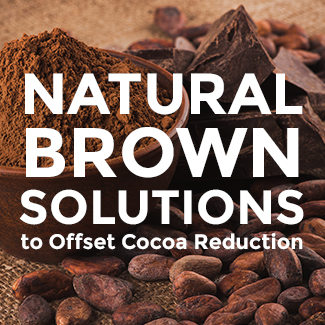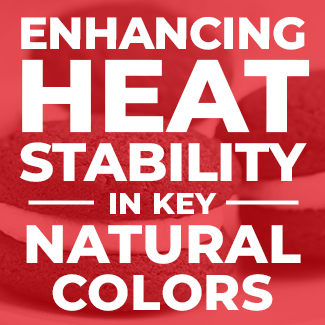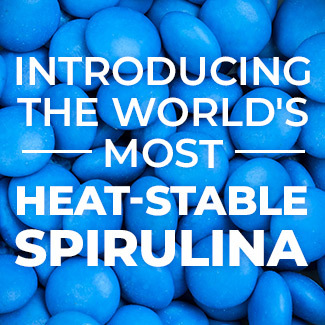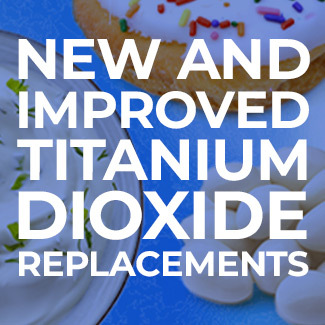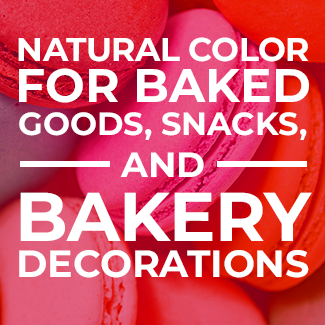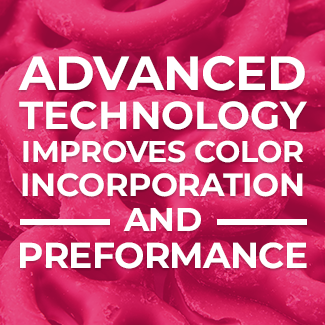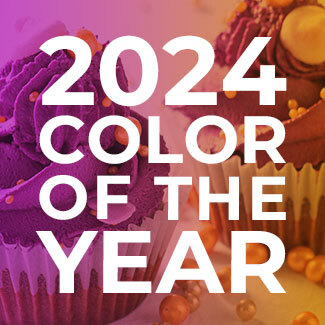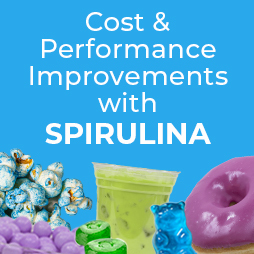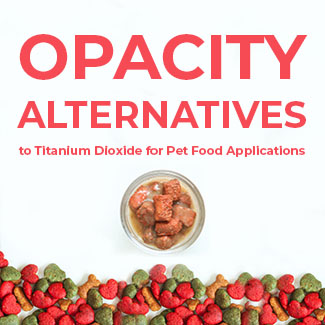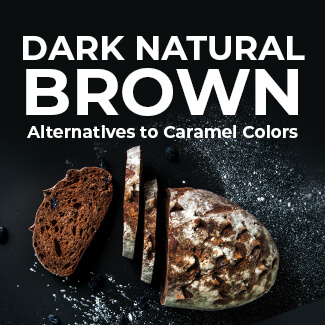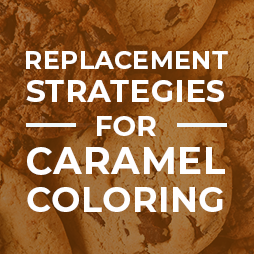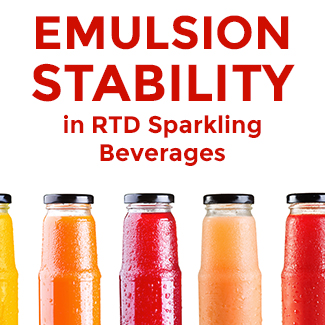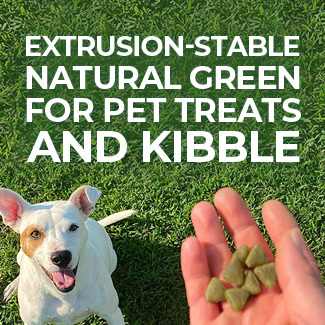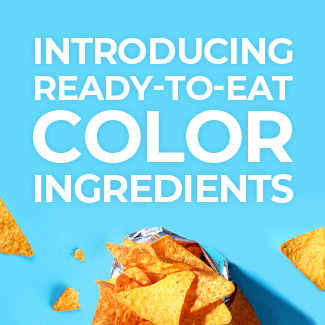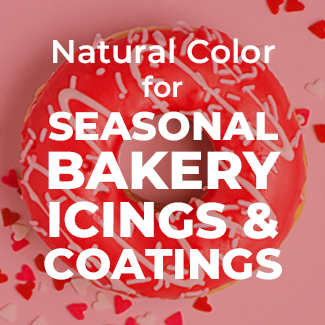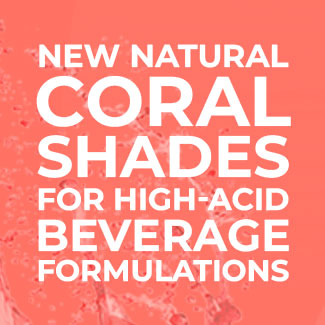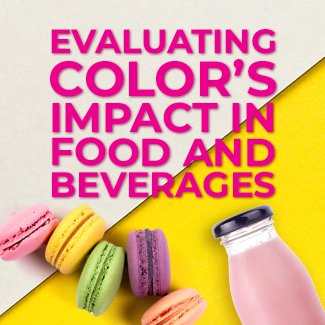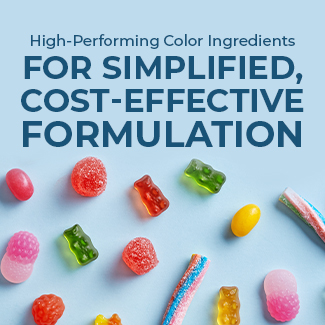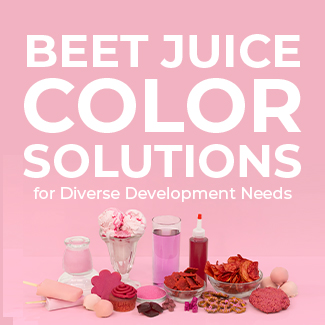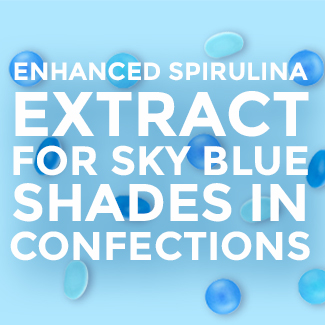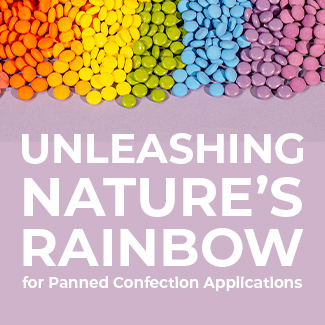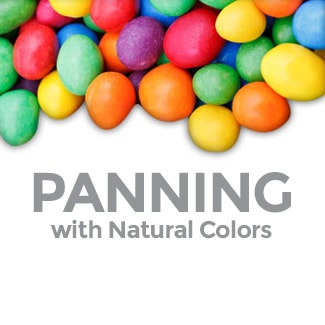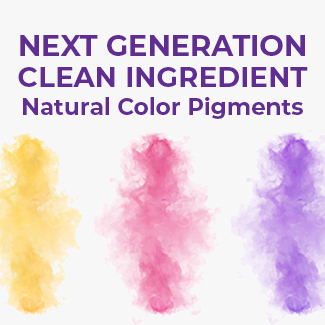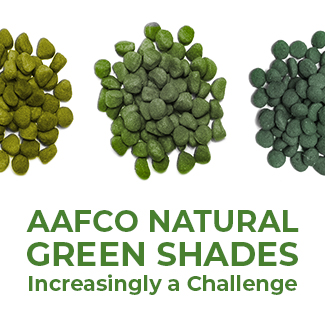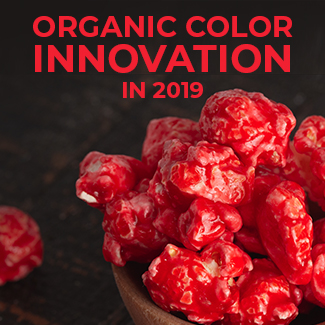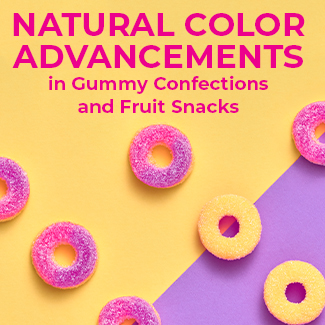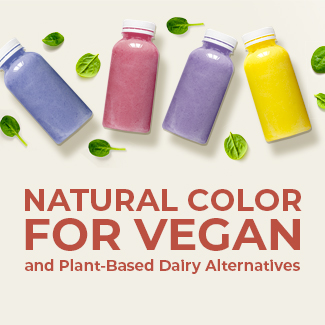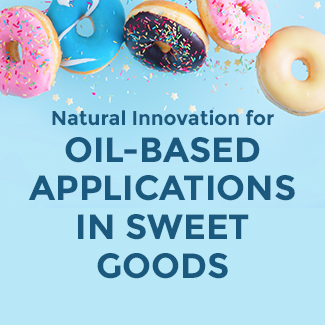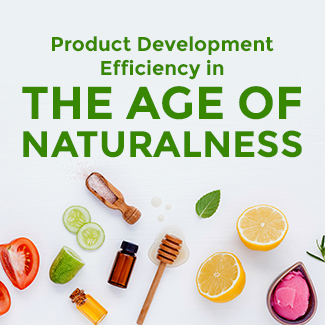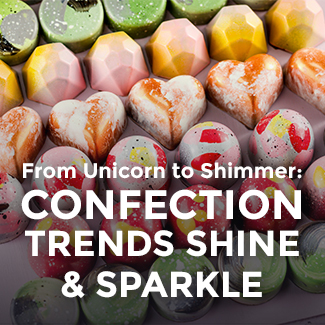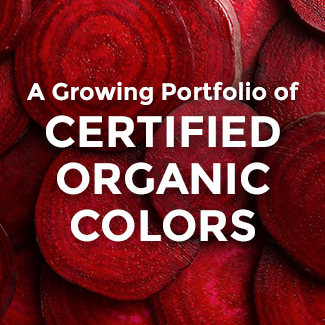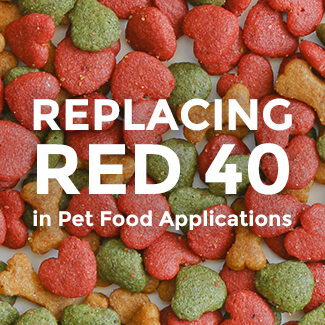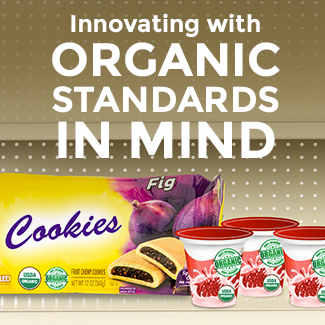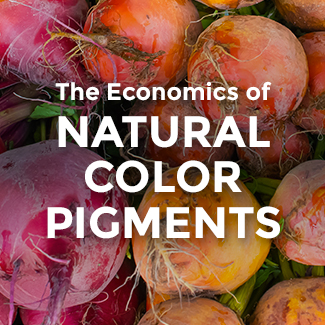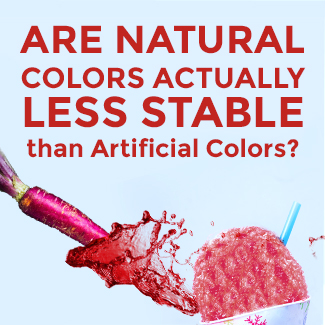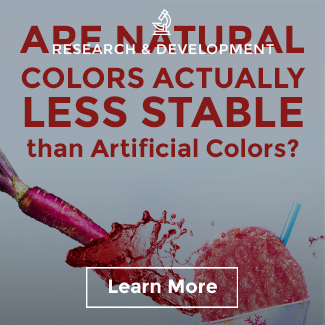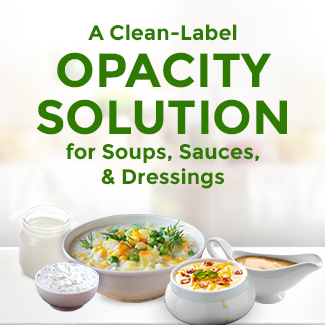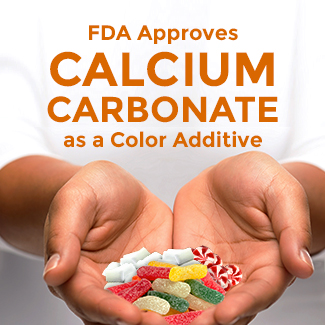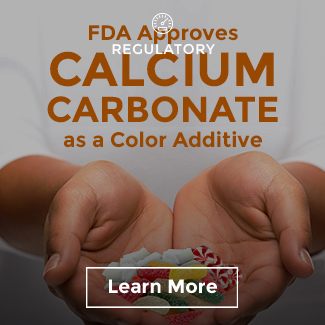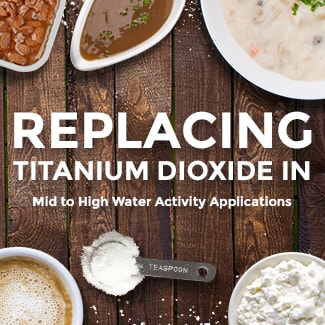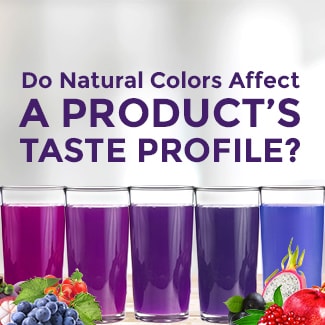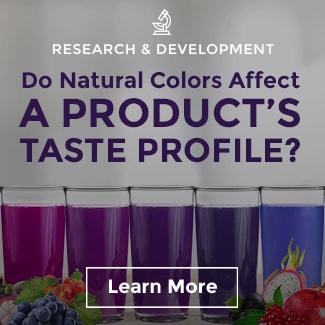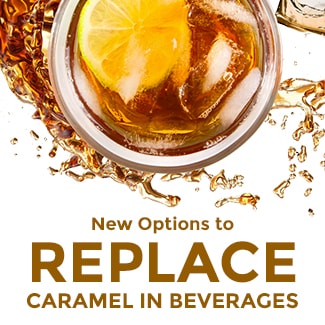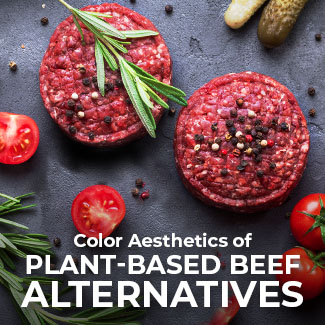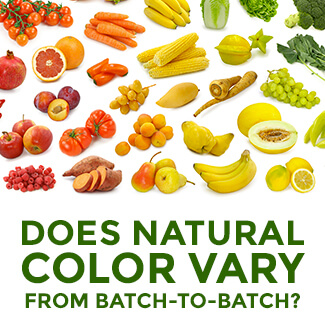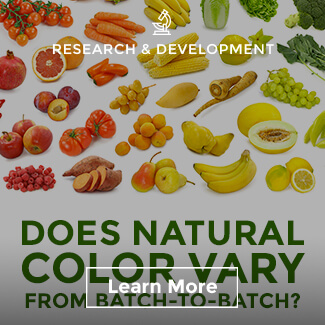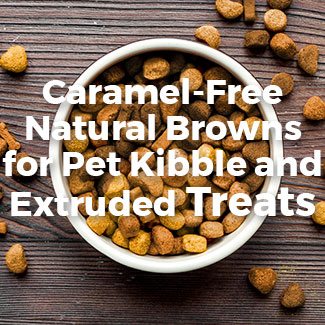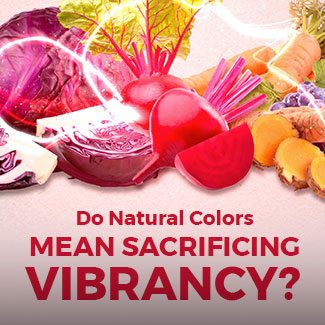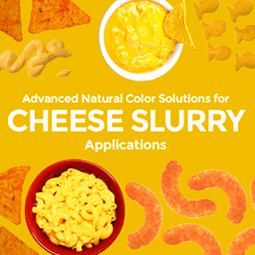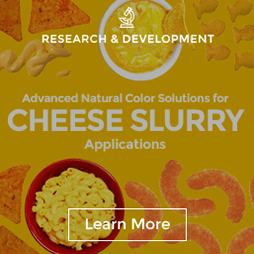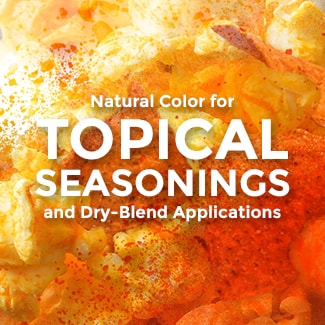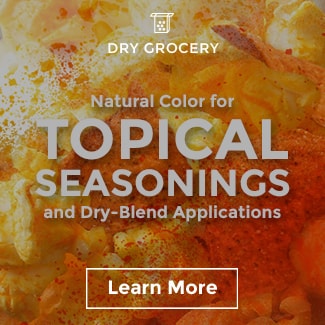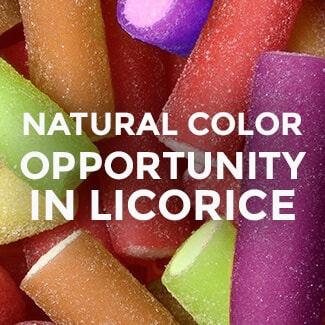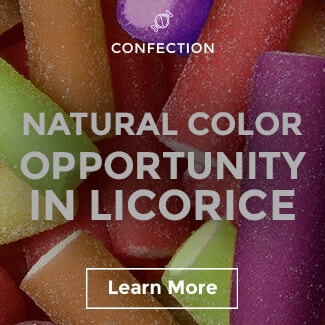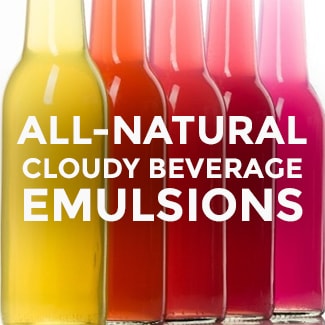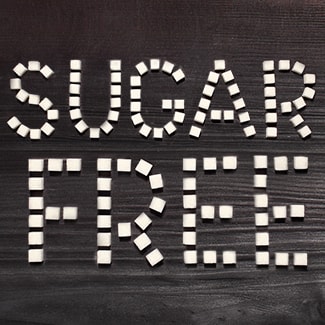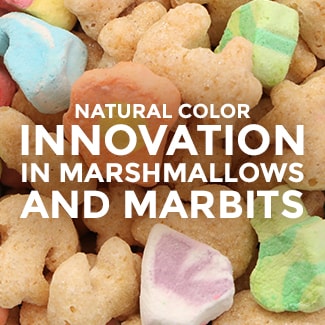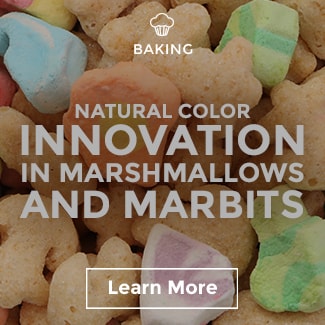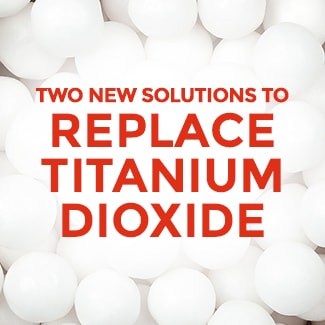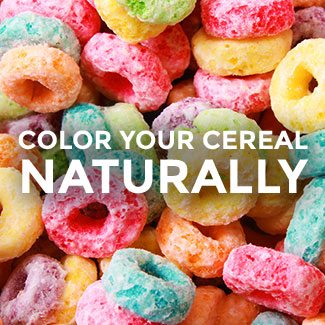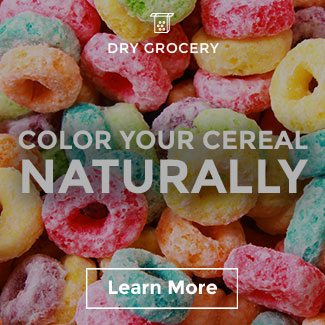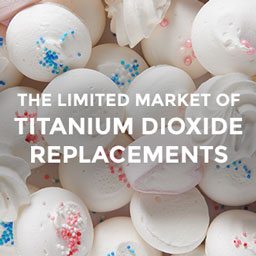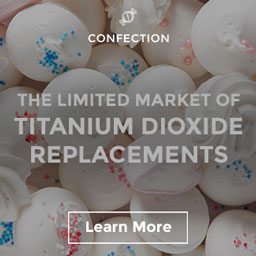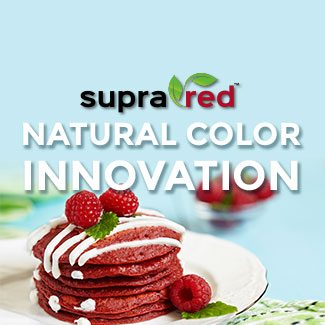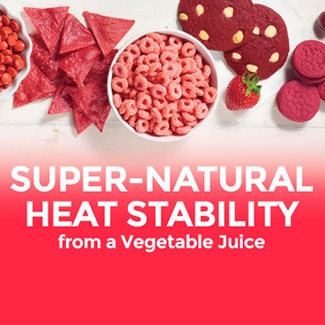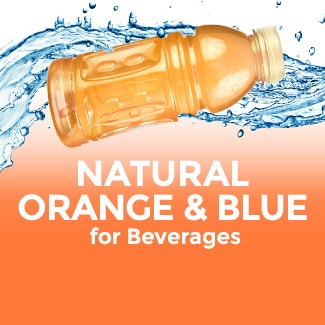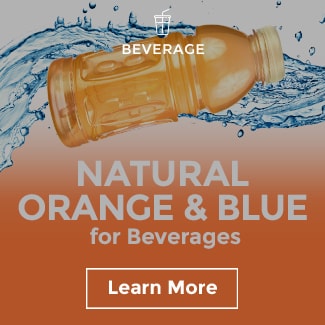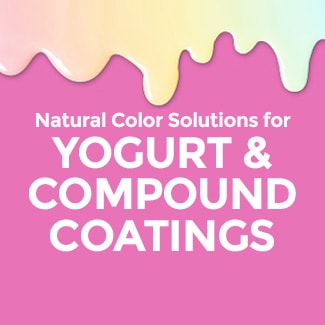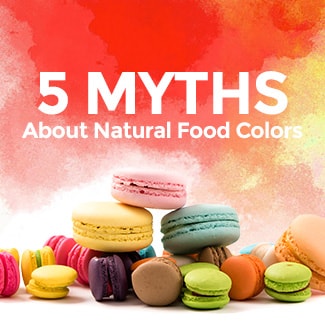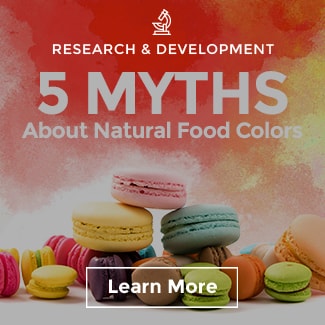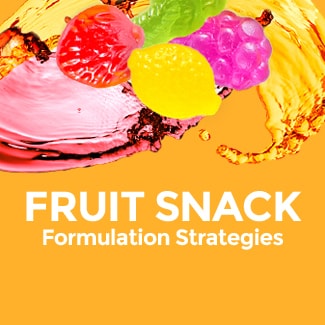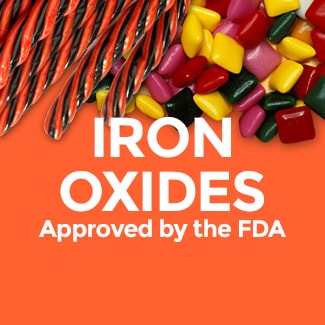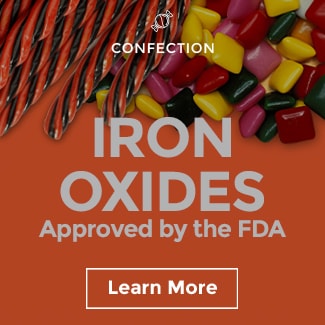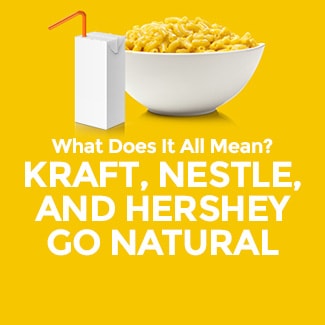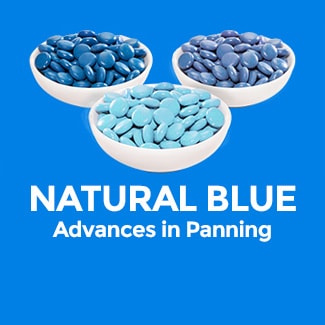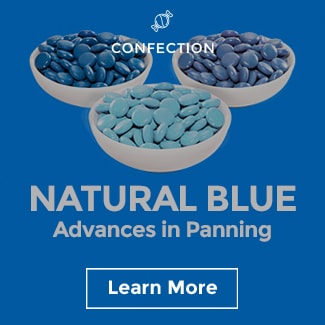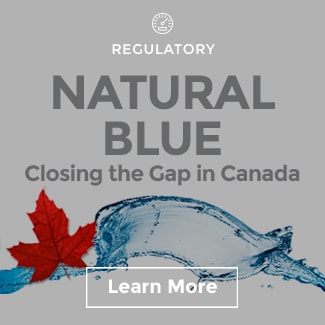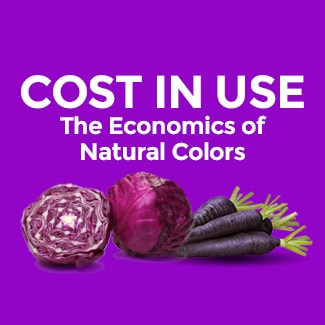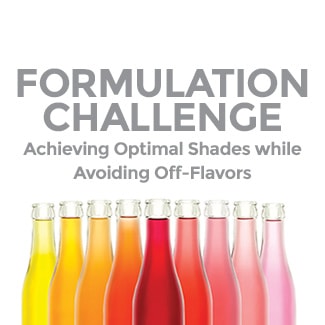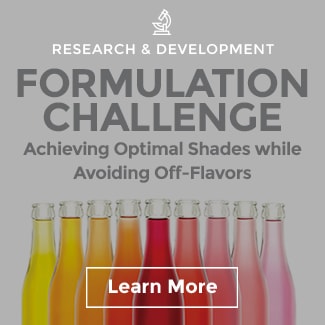Titanium Dioxide Substitutes in Confections
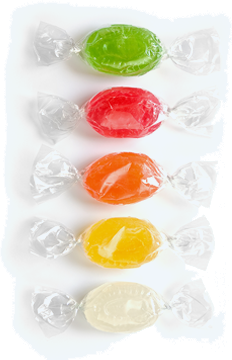
Regulatory, Consumer Pushback Against Titanium Dioxide
Titanium dioxide is an incredibly effective whitening and opacifying agent used in food, beverage, pet, and other applications around the world. Due to its highly concentrated nature as well as its stability under a variety of heat, light, and acidic conditions, titanium dioxide (TiO2) is popular with developers for its simplicity and cost-effective efficiency across applications.
However, as of 2022, this ingredient has been banned by the European Commission in food, beverage, and pet products. Although no legal action has yet been taken by the US FDA or Health Canada due to a lack of scientific evidence supporting any legitimate safety issues, many North American brands are looking for proactive alternatives to meet rising consumer concerns around the ingredient.
The versatility and efficacy of titanium dioxide make it difficult to replace with a single solution. In response to demands from formulators and brands in North America, Europe, and around the world, Sensient developed the Avalanche™ portfolio. This suite of solutions addresses the widest variety of processing conditions and application-specific needs for whitening and opacity on the market.
Replacing Titanium Dioxide in Confections
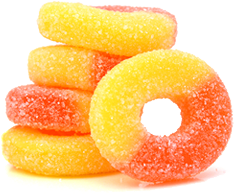
Gummy Candy
Gummy confections and similar applications like fruit snacks look to titanium dioxide for both whitening and opacity. Not only is white a popular color, particularly when paired with a second vibrant shade, a whitening agent can also be used to combat yellow or brown notes in the base shade of the formula. Additionally, opacity can both brighten a gelatin base for an added color as well as give the appearance of cloudiness, which connects well to certain claims or flavor profiles, like fruit juice or immunity.
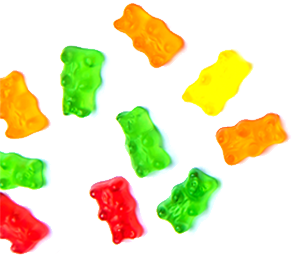
Key Considerations for TiO2 Replacement in Gummy Candy:
Heat Processing
Depending on when the color is added, heat stability of a solution may be necessary to account for the high heat of the gummy base as it is mixed and poured into molds.
Acidity
Some gummy formulations have high acidity or vitamin
levels that may interact with color ingredients.
Water Activity
Gummy candy is typically low to mid water activity in its final state because most of the water is bound or boiled off during processing. However, water activity must still be considered because the color may be added while the formula is still liquid and held in the water phase during production prior to dosing into the gummy matrix/depositing.
Multi-Step Stability
Gummy confections undergo several processing steps and stability is needed throughout mixing, depositing, and cooling in order to see success.
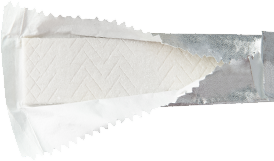
Chewing Gum
Chewing gum covers a range of products, from stick gum to pellet gum. Many gum bases are naturally tinted an unappealing yellow, brown, or green, not matching the expected refreshing bright whiteness and visual consistency provided by titanium dioxide. For more on panned chewing gum, see panned confections below.
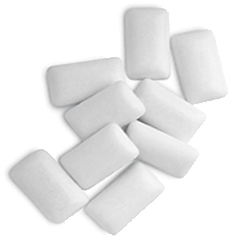
Key Considerations for TiO2 Replacement in CHEWING GUM:
Heat Processing
Many chewing gum products undergo heat processing in a steam cooker, so stability in those conditions is an important feature of a titanium dioxide alternative.
Texture Impact
In order to maintain the mouthfeel and consumer experience expected of chewing gum, it is critical to minimize texture impacts due to whitening alternatives.
Usage Rates
For both cost-conscious formulators and those balancing complex recipes with certain viscosity or water activity targets, low usage rates are critical to ensure success of a titanium dioxide replacement in chewing gum.
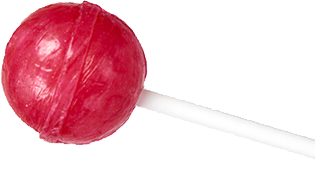
Hard Candy
Hard boiled confection applications undergo high heat processing temperatures during the boiling process and depending on the order of ingredient addition, color ingredients may need substantial heat stability to survive. Titanium dioxide offers hard candy formulators a cloudy visual without any taste or texture impacts. A substitute for whitening and opacity in these recipes needs to be highly heat stable with a low usage rate to avoid unwanted mouthfeel or flavor offnotes.

Key Considerations for TiO2 Replacement in HARD CANDY:
Heat Processing
A titanium dioxide replacement for hard boiled confections needs to survive the high heat of boiling without fading out.
Texture Impact
Hard boiled candy cannot have gritty or otherwise unappealing mouthfeel from a whitening or opacity agent.
Usage Rates
A highly concentrated solution that achieves the necessary cloudy appearance without dramatically shifting formula ratios is necessary for success in hard boiled confections.
ACIDITY
Many hard boiled confections have a neutral pH, while others are acidic, requiring a whitening solution that is acid-stable.
Titanium Dioxide Substitute for Hard Candy:
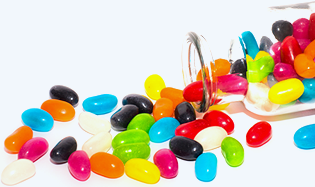
Panned Confections
Whether hard or soft panned, sugar-shelled confections benefit from bright white layers of titanium dioxide around the center to provide a clean, consistent base on which to layer additional colors. Titanium dioxide is extremely effective in panned confections due to its high concentration, bright white color, and low taste/texture impact. Without a whitening layer on top of the confection center, the outermost layer of color is often duller or darker because it must overcome the base color. Titanium dioxide or sugar-free TiO2 replacements can also add whiteness to panned and other confectionery applications where desired.

Key Considerations for TiO2 Replacement in PANNED CONFECTIONS:
Usage Rates
Because these confections are coated in multiple thin layers of sugar syrup, a usage rate that is too high can negatively impact the process standards or the final consumer experience.
Texture Impact
In order to maintain the expected crunch level of a panned confection, it’s important to select a solution that meets the texture of the original or target confection—whether high or low, customers know what their favorite confections “feel” like.
Consistency
Thin layers of sugar are deposited onto each center over and over during the panning process, and it is important that the chosen coating system enables each layer to be both smooth and consistent to avoid grittiness or irregular coating.
Processing
Considering the potential for adding the solution at a different step in the processing than TiO2 is typically added may greatly increase a developer’s chances of success.

Compound Coatings
From drizzles to fully enrobed confections, compound coatings have a variety of uses across the industry, and bright whites are a popular use case. In order to whiten and brighten the dull or yellow base that some compound coatings have, titanium dioxide is used. It can also give consistency to a base shade onto which other colors are layered. Titanium dioxide is also successful in whitening and opacifying semitransparent fat-based coatings such as icings and frostings.
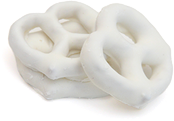
Key Considerations for TiO2 Replacement in Panned Confections:
Texture Impacts
A gritty texture is quickly noticed in an otherwise smooth compound coating, so in order to avoid unwanted mouthfeel, a whitening solution must have little to no impact on texture.
Bleed
Color bleed is a key concern when using any color in compound coatings, and it is important for success that a whitening agent not bleed or encourage other colors to bleed onto it.
My team and I are experts in color for confectionery applications, so reach out if you have additional questions or need a sample of any of the solutions named above! We love to talk color, and we’re here to help you in tackling this challenging industry shift.










